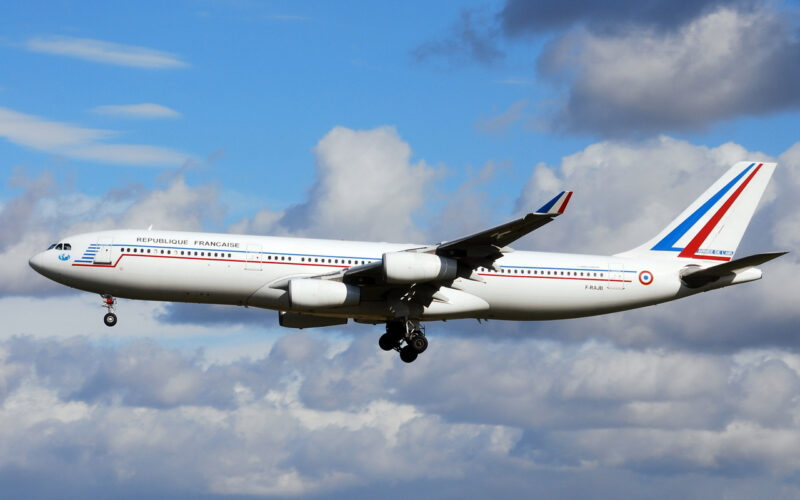Most passengers gaze out of airport windows and see only a procession of Boeing 737s and Airbus A320s milling about. But just occasionally, something different catches their eye as one of the rarer aircraft types pulls onto the apron.
The jets that made our world smaller decades ago are becoming rare birds today. From big behemoths like the Boeing 747 to the tiny Airbus A318 ‘baby bus,’ some historic industry stalwarts are becoming the rarest planes today.
Across all categories, these are the rarest passenger jets still in service today. Note that this only considers aircraft in scheduled airline service, not charter, private, or cargo operators.
| Type | Entry into service | Number remaining |
| A340-200 | March 1993 | 3 |
| Dornier Do-328JET | June 1999 | 4 |
| Airbus A318 | July 2003 | 5 |
| Bae-146 | May 1983 | 5 |
| Boeing 747-400 | January 1970 | 7 |
| Boeing 737-200 | April 1968 | 9 |
| Airbus A310 | April 1983 | 10 |
| Bombardier CRJ100 | October 1992 | 12 |
| Airbus A300 | May 1974 | 13 |
| Fokker 70 | October 1994 | 17 |
Note: Data sourced from ch-aviation.com, Planerspotters.net, and Airfleets.net, and is correct at the date of writing (October 29, 2024). All figures remain subject to change.
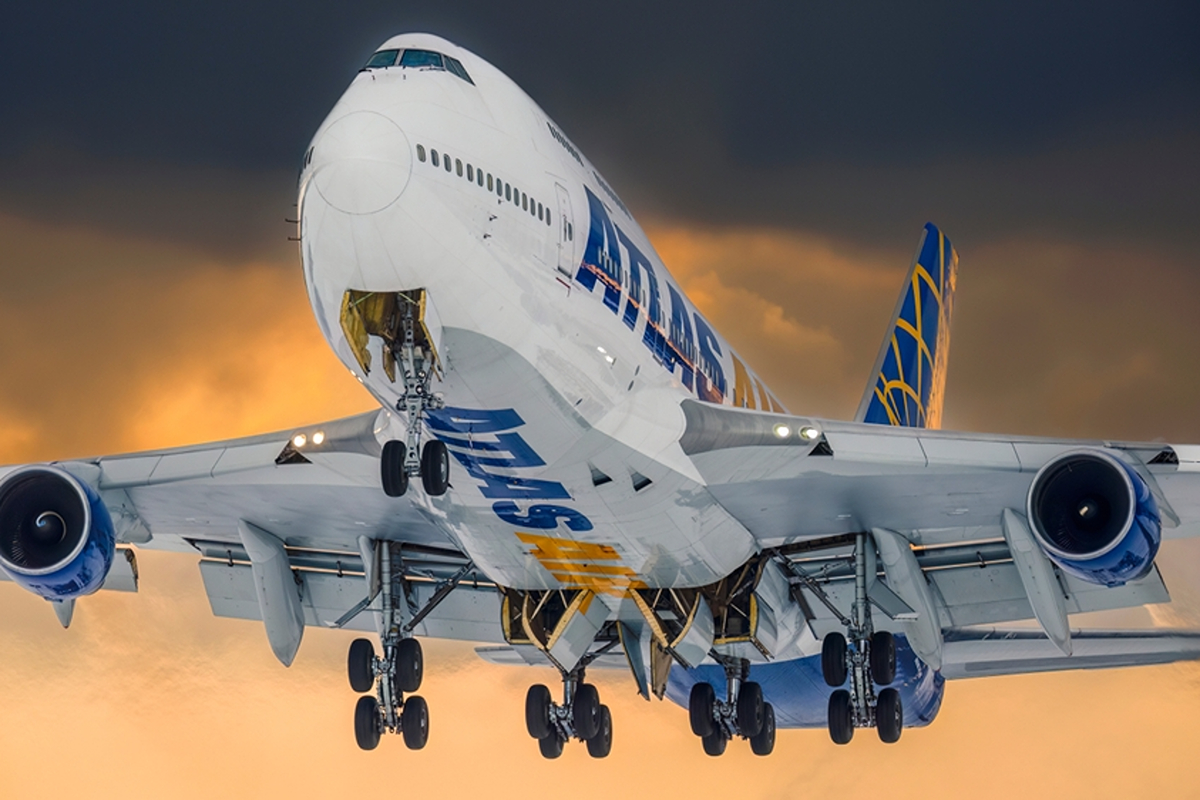
Let’s take a look at these aircraft types in more detail to see who flies them and where.
The rarest regional jets still in scheduled service
| Type | Number in service | Operators |
| Dornier Do-328JET | 4 | British Airways |
| BAe-146 | 5 | Aerovias DAP Airlines, Air Libya, Yazd Airlines |
| Bombardier CRJ100 | 12 | Renegade Airlines, CemAir, Air Libya, Rusline |
| Fokker 70 | 17 | Alliance Airlines, Air Niugini, Skywards Express, I-Fly Air, Jetways Airlines |
Dornier Do-328JET
Dornier had introduced the turboprop Do-328 in 1993, but had been receiving negative feedback on the appeal of the turboprop against turbofan alternatives. Re-engining the aircraft seemed to be a pretty straightforward solution, and the company began working on the 328-300, a jet-powered version of its regional aircraft.
Amid financial struggles, Dornier was acquired by US aerospace firm Fairchild, the resulting corporation being named Fairchild Dornier. The new entity continued work on the jet, renaming it the 328JET, and it took its maiden flight in January 1998.
French regional operator Proteus Airlines was the launch customer, and put its first 328JET into service in 1999. In all, 110 units of the jet were built between 1996 and 2002, but just four remain in commercial service today.
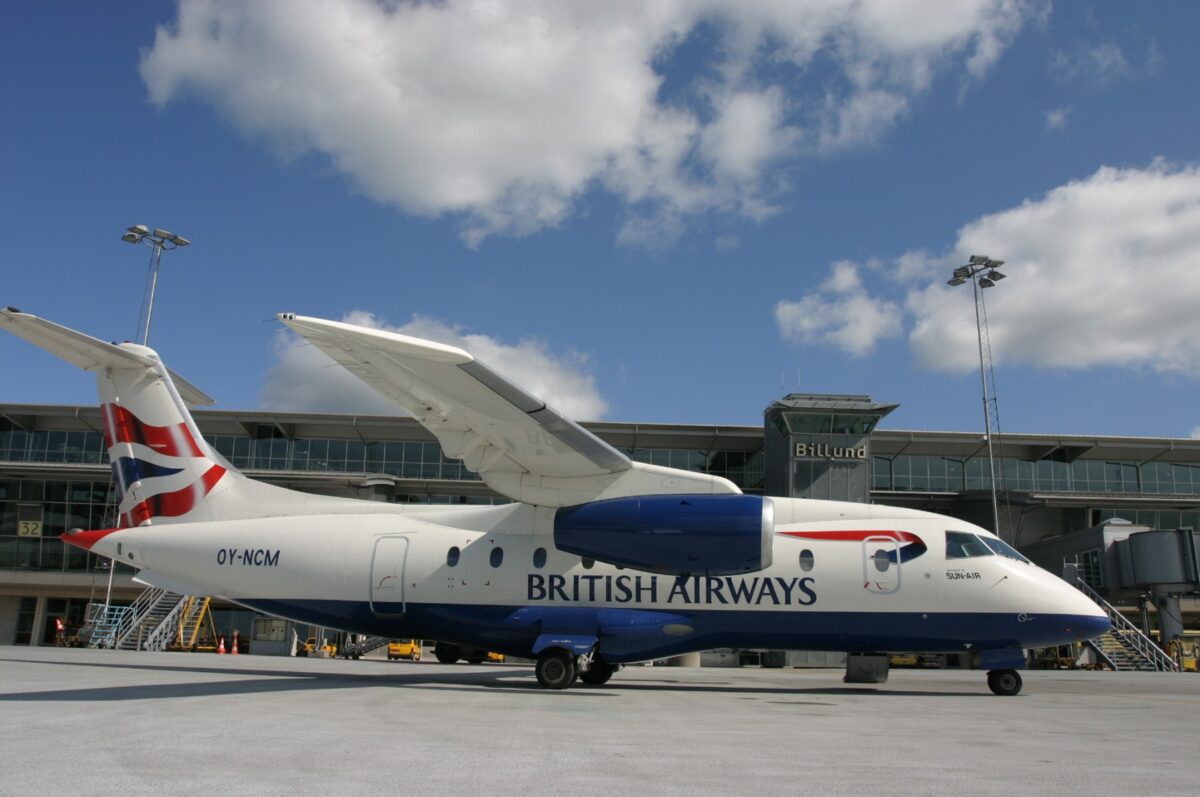
All four of those are with British Airways, but you won’t see them flying in and out of London Heathrow. Rather, they are operated by Danish regional carrier Sun Air of Scandinavia on routes from Billund (BLL) to Manchester and London City under a franchise agreement that has existed for over a quarter of a century.
But, the Do-328 is not done yet. Deutsche Aircraft is developing a new, environmentally friendly version of the aircraft known as the D328eco. Similarly, Lockheed Martin Skunk Works has used the Do-328JET as the basis for its experimental X-55 aircraft, a one-off demonstrator using advanced composite materials in its fuselage.
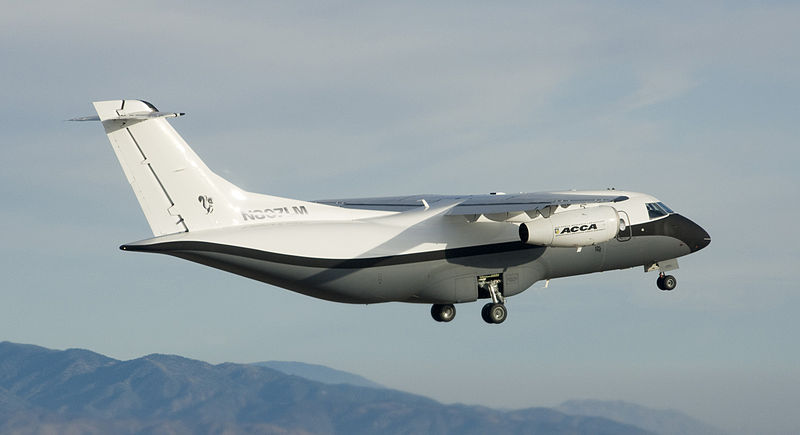
British Aerospace 146
The British Aerospace 146 had an illustrious career as a short-field specialist regional aircraft. The 146 family consisted of the original 146-100, the longer 146-200, and the 146-300 variant.
The type was remarketed in the early 1990s as the Avro RJ series, although the type had already fallen out of favor by this point, with airlines preferring newer regional twinjets over the 146’s four engines (with attendant additional fuel burn and maintenance requirements).
Between 1983 and 2001, 387 146/RJ aircraft were produced. With this number, the type became the UK’s most successful civil jet airliner. In its later life, the type carved a niche for itself, serving hot-and-high mountainous airfields and special performance airports such as London City Airport (LCY), where it became the dominant type in the late 1990s and early 2000s.
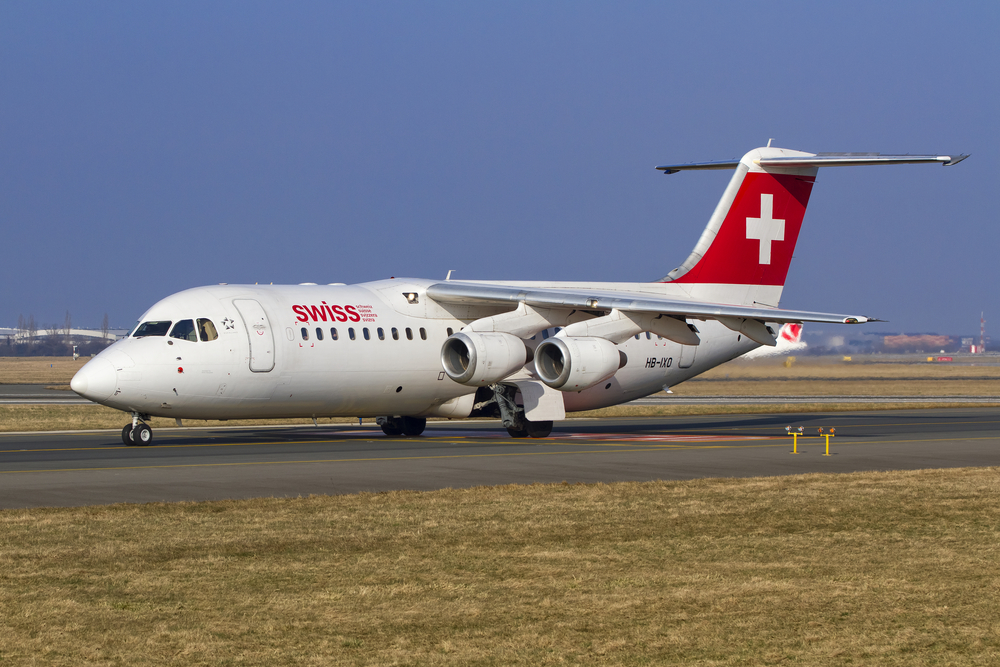
Of the 387 built, finding examples in regular passenger service has become increasingly difficult as the fleet gradually retires, is placed into long-term storage, or broken up. Just five remain listed as active in passenger-carrying roles, although a handful of others remain active as dedicated freighters (10) or converted fire-fighting aircraft in the US (nine).
Of the remaining five that carry fare-paying passengers, two 146-200s are operated by Aerovias DAP Airlines of Chile, which are painted in a special penguin livery and tasked to fly tourists from the airline’s base in Punto Arenas (Chile) to remote airfields across South America, Patagonia, Antarctica, and the Falkland Islands. Air Libya operates a single 146-200 on domestic flights, while Yazd Airways in Iran flies two examples (one 146-200 and one 146-300), which are 37.3 and 34.4 years old, respectively.
Bombardier CRJ100
The Canadair Regional Jet (CRJ) program was launched in early 1989 with a goal to build a regional commercial jet inspired by the popular Challenger 600 business jet. The first CRJ100 took its maiden flight in May 1991, and received an airworthiness certification in October 1992.
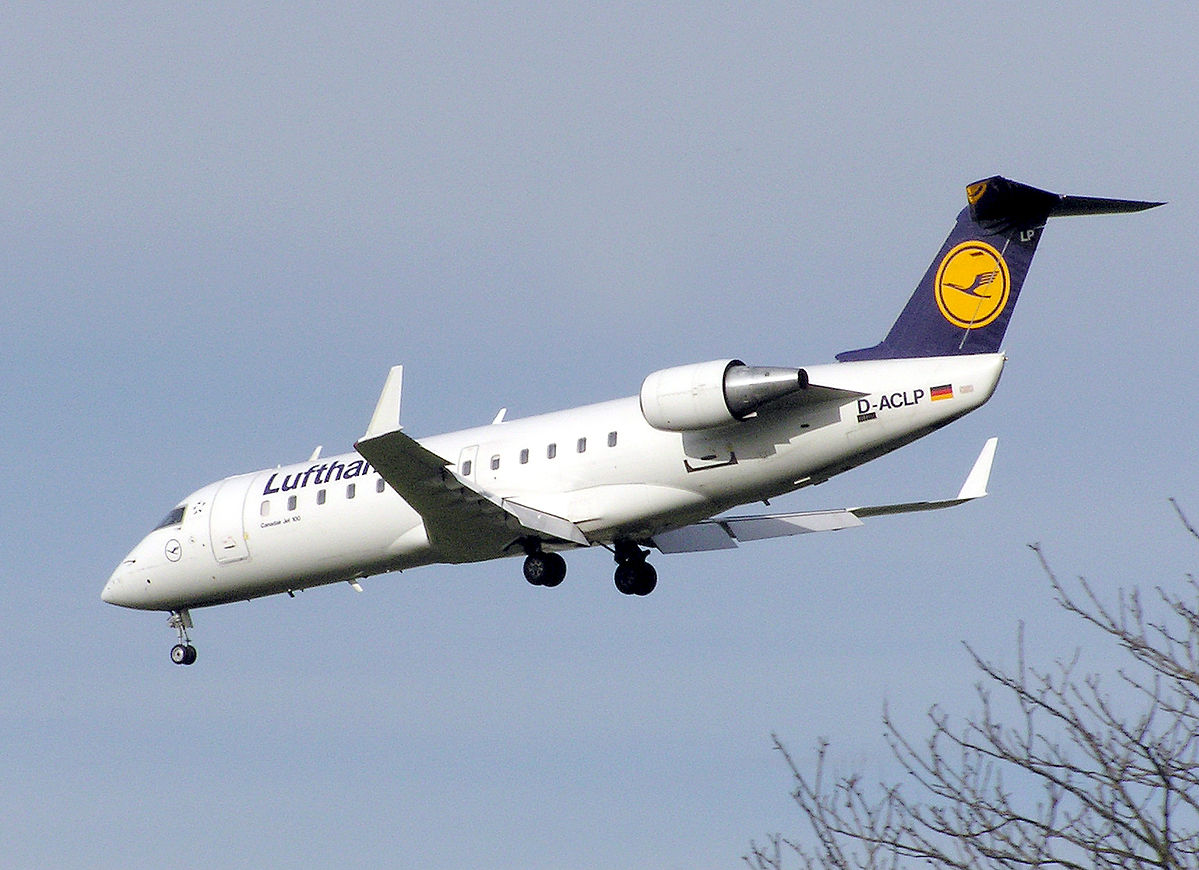
The launch customer for the type was Lufthansa CityLine, which continued to be a prominent customer for the CRJ series. It was later re-engined into the CRJ200, which offered airline customers a longer range option.
The CRJ200, in particular, became a huge commercial success, with 709 units entering service. The CRJ100 was less popular but still sold an impressive 226 units over its production life. The CRJ200 is still widely used, but the -100 is becoming a rare bird.
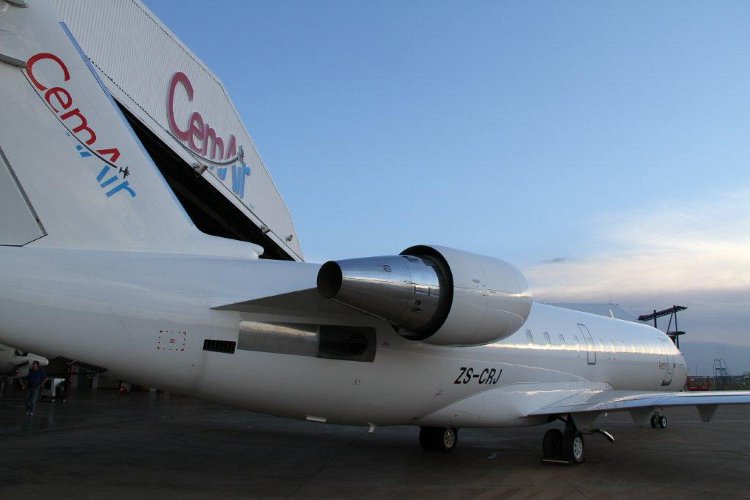
Of those 226 aircraft, just 12 remain in service today, mostly in the Middle East and Africa. South Africa’s CemAir, based out of OR Tambo International Airport (JNB), has a fleet of five, as does Russian regional carrier Rusline. The other two are with Renegade Air in Nairobi and Air Libya.
Fokker 70
The Fokker 100 is a 109-seat regional aircraft that was built in the Netherlands between 1986 and 1997. Its excellent short-field performance allowed airlines to access smaller regional airports, and 283 were built over the years.
Demand from airline customers was such that, in the early 1990s, Fokker developed a shorter version of the F100- the Fokker 70. It was only produced between 1994 and 1997, and just 47 were delivered.
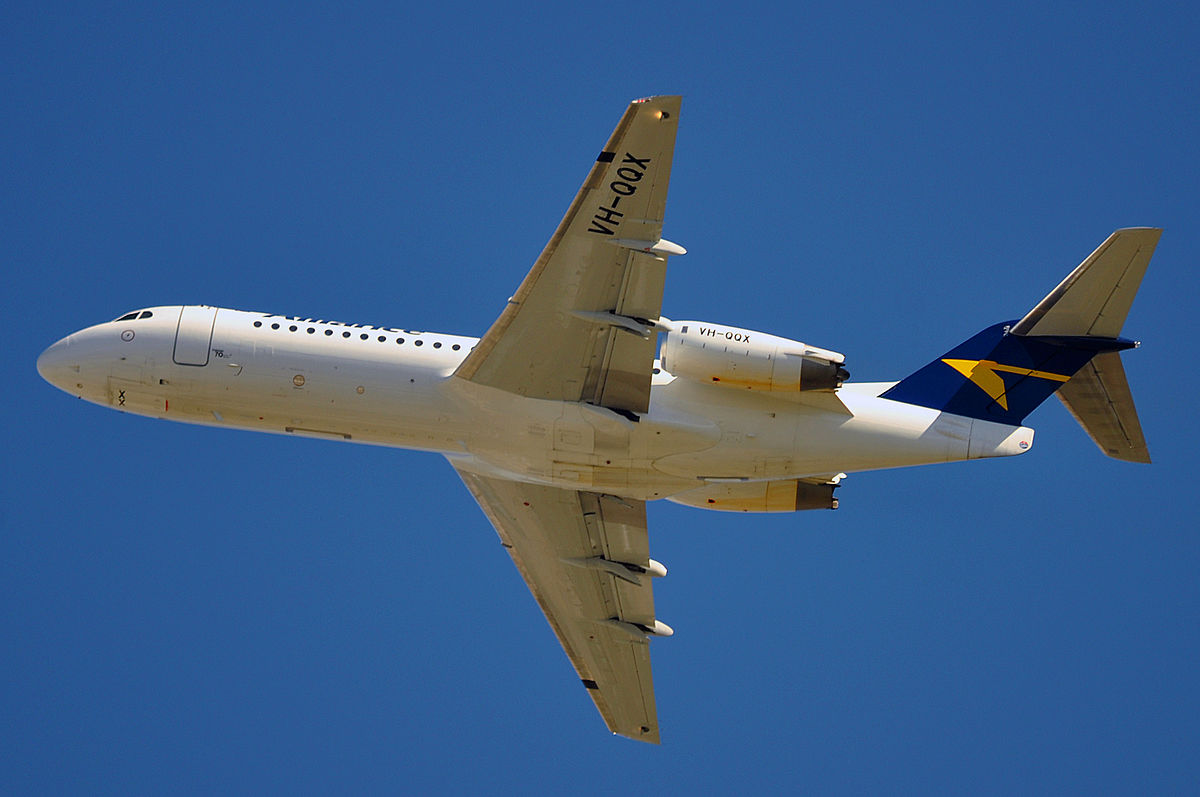
Today, just 17 of the smaller F70s are still flying in commercial service. The largest such operator is Alliance Airlines in Australia, which tends to use its fleet of 12 F70s on fly-in-fly-out operations (‘FIFO’) in Western Australia, transporting staff to remote mining locations.
Other current operators of the F70 include Air Niugini (one), plus I-Fly Air, Skywards Express, and Jetways Airlines, all in Kenya, with two, one, and one aircraft, respectively.
If you’re wondering about the bigger brother, the F100, out of the 296 built, 57 remain active with commercial carriers. From the list of remaining operators, the advantages of the type’s commonality with the F70 become apparent.
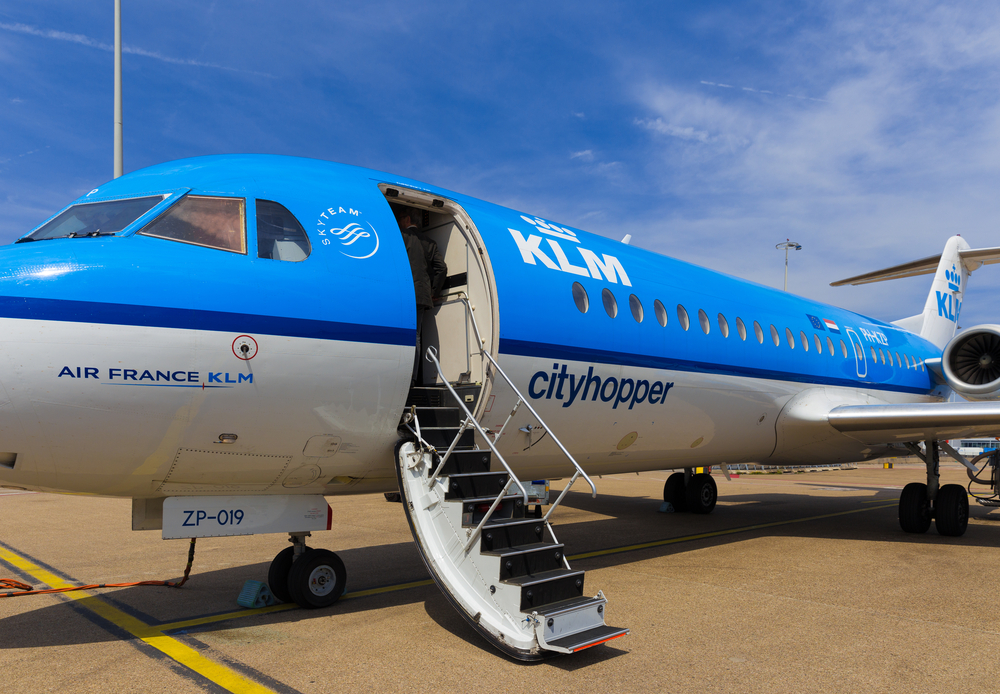
Air Niugini still flies four, with Alliance in Australia again the largest operator with 20 remaining active. Network Aviation still flies 14 on behalf of QantasLink in Western Australia, while the remainder resides in Iran, with a plethora of smaller domestic carriers, including Iran Aseman Airlines, Qeshm Air, Kish Airlines, and Karun Air, plus a single plane operated by national carrier Iran Air.
The rarest narrowbodies in scheduled service
| Type | Number remaining | Operators |
| Airbus A318 | 5 | Air France |
| Boeing 737-200 | 9 | Air Inuit, Nolinor, Halla Airlines, Estelar, Venezolana, Avior Airlines, Aviatsa |
Airbus A318
The Airbus A318 had a troubled life from the outset. The shortest member of the A320 family of aircraft, the ‘double-shrink’ A318 offered a capacity of between 107 and 132 passengers and a range of 3,570 miles (5,750km). Final assembly took place at the Airbus plant in Hamburg, Germany, between 2001 and 2013.
Offering a high degree of commonality with its larger sisters, the A319, A320, and even the A321, Airbus had high hopes that its ‘Baby Bus’ would prove popular among customers of the larger variants.
However, unattractive operating economics and a high purchase price meant that the A318 program fell far short of expectations. It proved to be the planemaker’s least popular model to date.
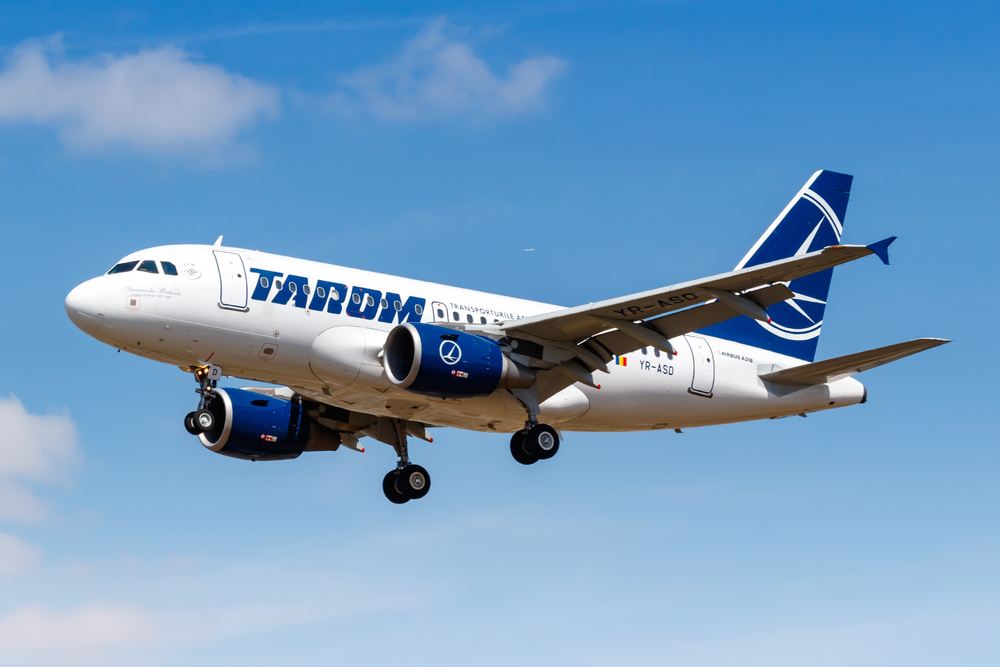
In total, just 80 Airbus A318s were built, many of which have since been scrapped, although some have found second lives as VIP aircraft once reconfigured from passenger-carrying roles.
Of those that remain, just five are in regular passenger services with Air France, one of the early customers for the type. Frontier Airlines, the US-based launch customer for the type operated A318s until 2013, while British Airways deployed two A318s on their niche business class-only service between London City Airport and New York-JFK Airport (JFK) until 2019, when the route was scrapped. TAROM Romanian Airlines put its last two A318s up for sale in October 2024, withdrawing the type from active scheduled service.
The five A318s remaining with Air France have an average age of around 18 years, with the first being delivered to the carrier in April 2006. The airline has been gradually phasing out its 131-seat A318s and replacing them with Airbus A220-300s, which seat 148 passengers and offer far better economics.
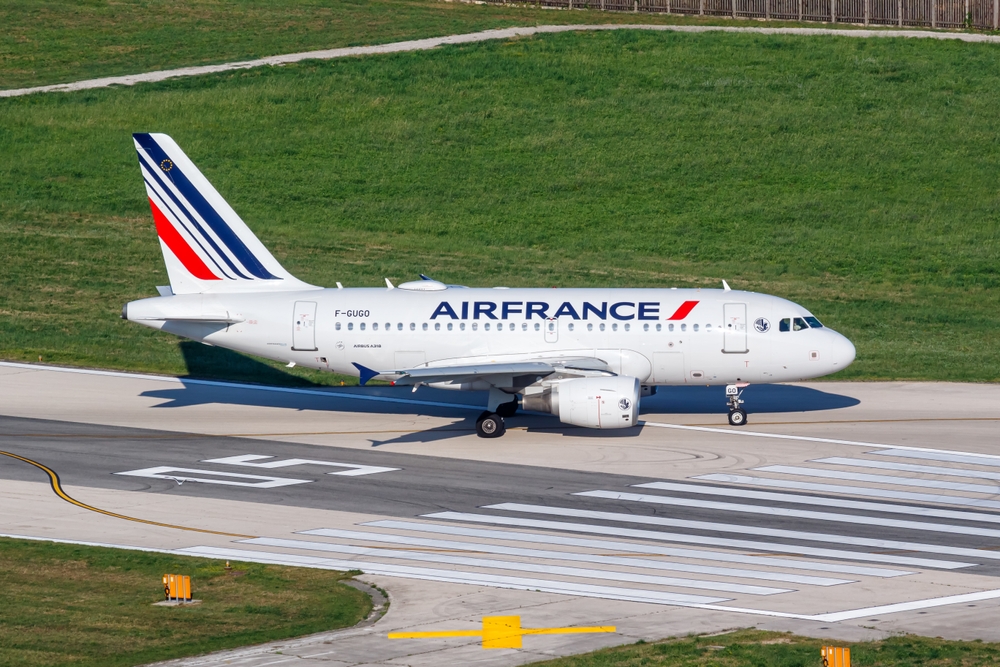
The carrier uses its remaining aircraft prominently on domestic flights within France, from Paris Charles De Gaule Airport (CDG) to Toulouse and Nice, as well as to other European destinations such as Florence, Zurich, and Amsterdam. They are also used as backup aircraft when other members of the airline’s A320 family fleets suffer technical issues.
Boeing 737-200
The plane that launched many airlines into the jet age during the 1960s, the Boeing 737 has enjoyed an illustrious service over almost six decades. The first variant, the shorter-fuselage 737-100, sold just 30 examples.
Nevertheless, the upgraded and lengthened 737-200, which entered service with United Airlines in 1968, would become the trailblazer of the Boeing 737 family through the 1970s and 1980s. Over 1,100 were sold between 1967 and 1988 when the last example to roll off the Boeing production linen was delivered to Xiamen Airlines in China.
The simplicity of the 737-200, along with its flexibility and ability to operate in a range of climates and airfields, has prolonged its service life far beyond what was initially envisaged in the 1960s. Although many thousands of subsequent 737s have come since, just a handful of 737-200s still fly scheduled passenger services.
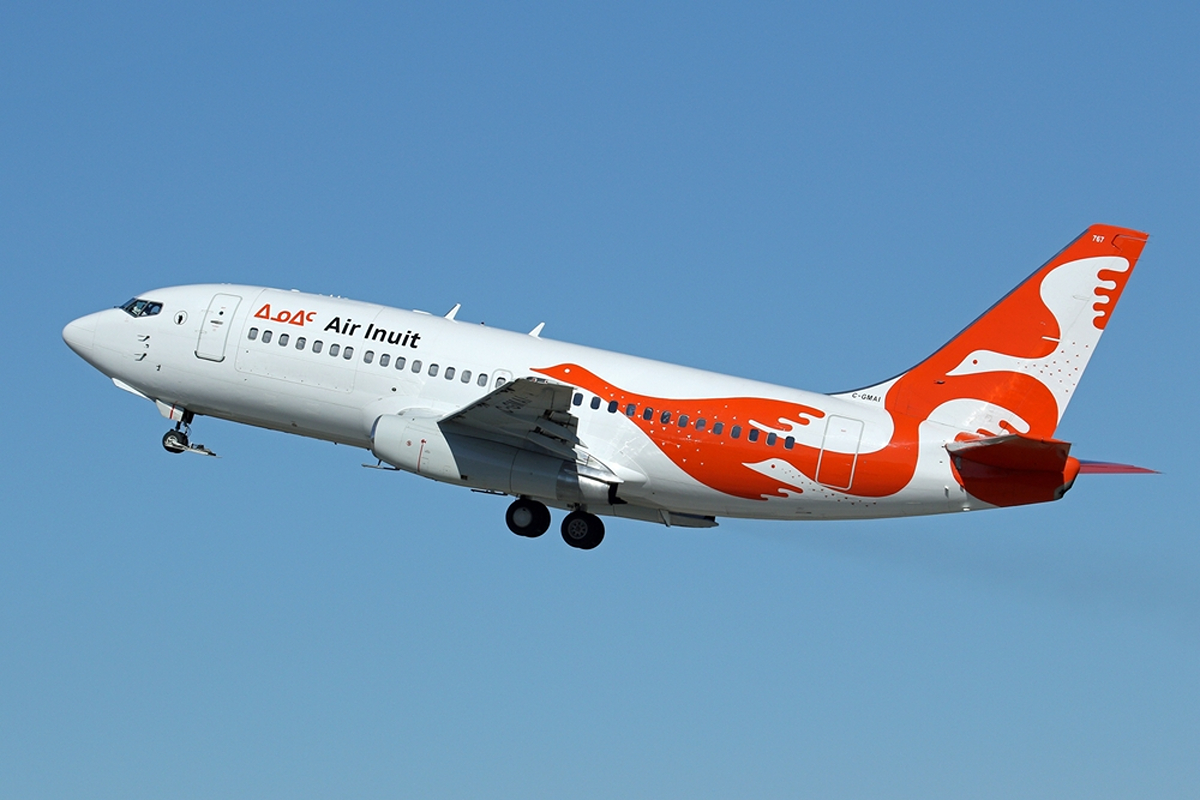
Looking first at North America, where the bulk of the remaining 737-200s remain active, there are still nine flying in passenger operations.
Air Inuit, in Northern Canada, operates three examples, with C-GAIG being the oldest at an impressive 45.1 years old. These aircraft specialize in flying domestic passenger services and charter and cargo services to remote airfields across Northeast Canada from the carrier’s main base at Kuujjuaq Airport (YVP) in Kuujjuaq, Quebec.
Next up is Montréal–Mirabel International Airport (YMX)-based Nolinor Aviation. This company is a Canadian charter airline with a fleet of 14 aircraft, of which six are active Boeing 737-200s. This group of aircraft includes a 50.1-year-old 737-200C, registered as C-GNLK, with the youngest being C-GNLW, a 737-200QC (a quick-change passenger/cargo variant) at a spritely 40.3 years old.
Sadly, Chrono Jet, a Canadian charter operator that held two 737-200s, went into administration and ceased operations on October 18, 2024. The prospects for its pair of airworthy 737-200s do not look good, with both C-FBIM and C-GTVO likely to be scrapped, meaning that two fewer examples will remain in service.
Elsewhere, a handful of 737-200s are left flying passengers regularly, offering travelers a fast-dwindling opportunity to travel on this vintage type. Halla Airlines in Nairobi (Kenya) operates a single aircraft, as do Estelar and Venezolana, both based in Venezuela.
In the same country, Avior Airlines still operates two. Aviatsa in Honduras utilizes its single 737-200 on passenger services, in what must be one of the most impressive and eye-catching liveries ever to be worn by the type.
The rarest widebodies still in passenger service
| Type | Number remaining | Operators |
| Airbus A340-200 | 3 | Conviasa, Mahan Air |
| Boeing 747-400 | 7 | Lufthansa, Air China, Rossiya |
| Airbus A310 | 10 | Iran Airtour, Yazd Airways, Ava Airlines, Ariana Afghan Airlines |
| Airbus A300 | 13 | IranAir, Qeshm Air, Meraj Airlines, Iran Airtour |
Airbus A340-200
Once the pride of Airbus’ long-haul product range, the A340 established itself as a twin-aisle long-range airliner capable of carrying up to 290 passengers over a distance of 8,400 miles (3,500 km).
Designed in conjunction with the comparatively shorter range A330 series, the A340-300 first flew in October 1991 and received certification, along with the shorter A340-200, on December 22, 1992. Both variants entered service in March 1993 with launch customers Lufthansa and Air France. The larger A340-500 and A340-600 came later, being jointly launched in December 1997.
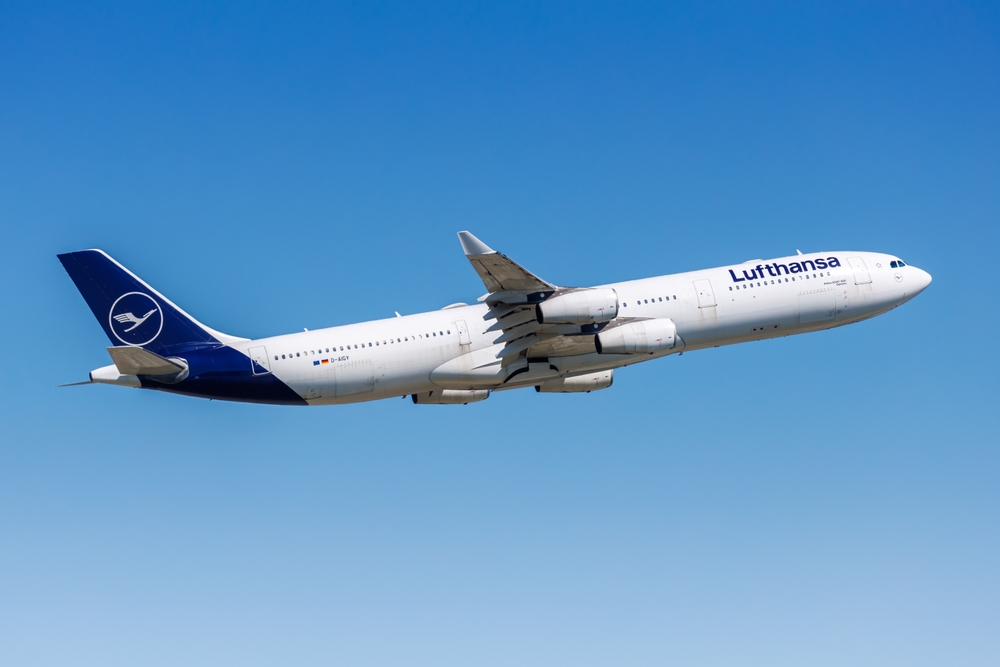
From 1991 to 2012, 377 of all A340 variants were produced by Airbus, of which the A340-300 was the most popular model with 218 sold. This compares to 28 A340-200s, 34 A340-500s, and 97 A340-600s.
The premature downfall of the A340 family came in the form of the Boeing 777-200ER and 777-300ER, the capabilities of which matched those of the Airbus quadjet but by employing two rather than four engines, resulting in lower operating costs.
As demand for Boeing’s newest long-hauler took off, the Airbus A340 was left flailing in its wake, and sales dried up. Heavy incentives and deals offered by Airbus could not save the program, and the end of production was announced in November 2011, although Airbus already had the A380 superjumbo to offer airlines at the top of its long-haul range.
With 377 A340s of all variants produced, it is remarkable that just 55 remain in regular passenger service worldwide (three -200s, 35 -300s, one -500, and 16 -600s).
Of the surviving A340-200s, Conviasa of Venezuela operates two, while Mahan Air in Iran operates the other. Countries like Iran, which are subject to certain sanctions that prevent them from purchasing new aircraft from the West, are forced to fly fleets of vintage aircraft, as you’ll see from the rest of this widebody list.
Of the longer A340-300, five remain with Swiss leisure airline Edelweiss Air, one each with Hi Fly Malta and Iran Aseman Airlines, three with Kam Air in Afghanistan, and 12 with Lufthansa. Elsewhere, in Iran, Mahan Air holds three, and Meraj Air has one. SWISS is keeping four of the type active, while German charter operator USC employs one.
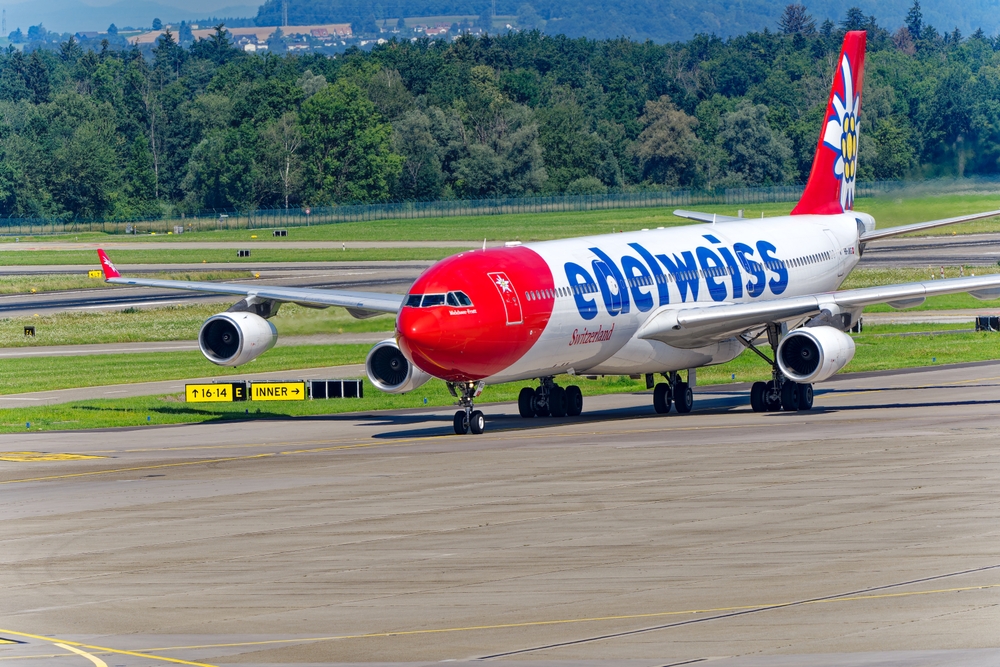
Of the later models, the A340-500 and A340-600, the sole remaining operator of the shorter A340-500 is the Sands Corporation of Las Vegas, which flies regular customers to the Sands Casino/Hotel in Sin City, Nevada. Of the longer A340-600s, ten remain active with Lufthansa, one with Conviasa, four with Mahan Air, and one with USC. Others continue fulfilling VIP and Government roles.
Boeing 747-400
You don’t have to go far back in time to remember when all major international airlines had the mighty Boeing 747-400 as the backbone of their long-haul fleets.
From airlines that had just a handful to those whose fleets stretched well into double figures, the Boeing 747-400 became the archetypal long-haul airliner when deliveries started in 1989. Over the following twenty years, until 2009, 694 Boeing 747-400s were produced and could be seen at every major international airport worldwide.
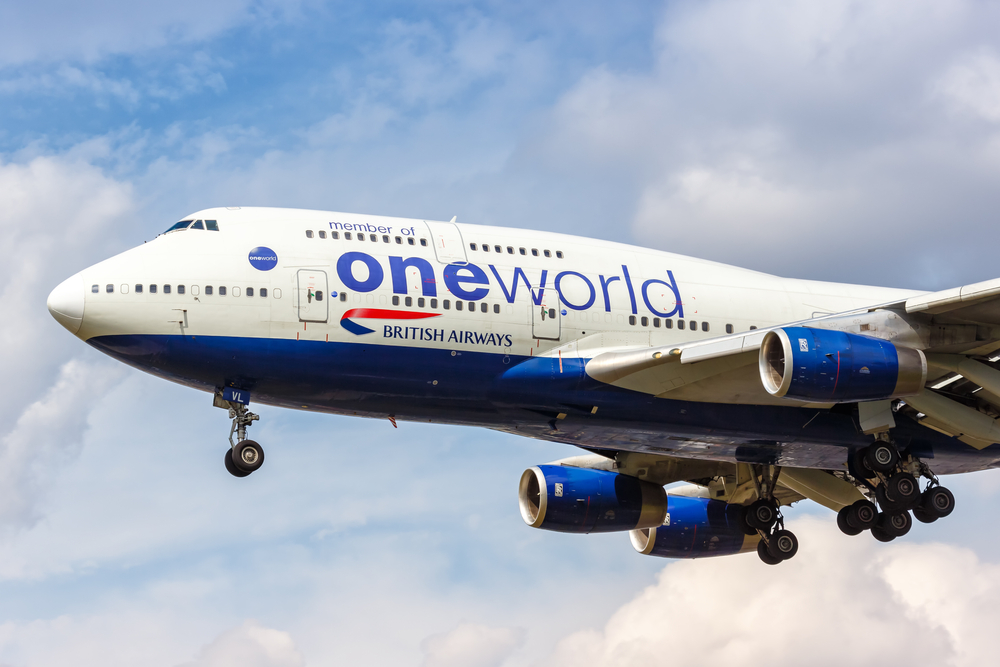
However, once large twin-engine aircraft such as the Boeing 777-300ER and the A330-300 began taking over many routes once the territory of the 747-400, orders began to wither.
Although a larger successor to the 747-400 was launched in the form of the 747-8I, the new variant failed to garner significant commercial aircraft. With just 36 passenger variants ordered, the entire 747 production program ended in 2023 with the final delivery of a 747-8F to Atlas Air, bringing 53 years of 747 production to an end.
Of the -400 variant, Lufthansa still operates five, with its oldest being D-ABTK, which is 22.9 years old. US-based charter carrier Atlas Air operates five, three on behalf of the US military as troop carriers and the other two on general public charter flights.
Air China continues to operate a sole example in the form of 24.7-year-old B-2472, while Russian airline Rossiya still has RA-73286 on its books. Indeed, on October 25, 2024, this aircraft operated a rotation between Vladivostok and Rostov-on-Don on behalf of its parent company, Aeroflot.
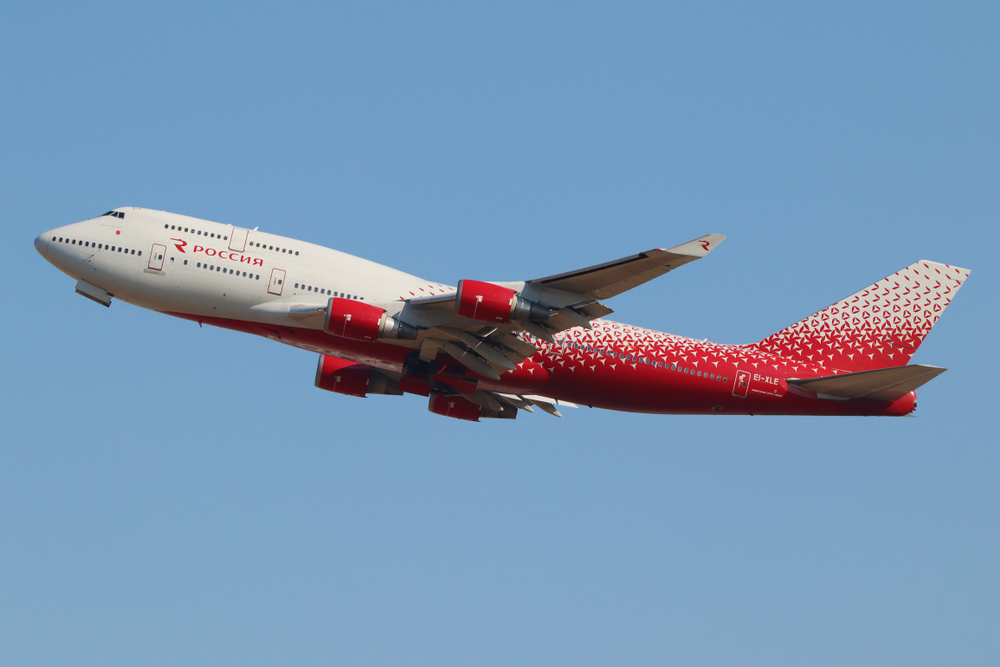
Airbus A310
Launched in 1978 as a shorter version of the Airbus A300 but offering a longer range for intercontinental services, the Airbus A310 first flew in commercial service with launch customers Swissair and Lufthansa in April 1983.
Securing long-range ETOPS (Extended Range Twin Engine Operations) certification led to the A310 being heavily used on Transatlantic flights, on routes that only required a capacity of around 220 passengers.
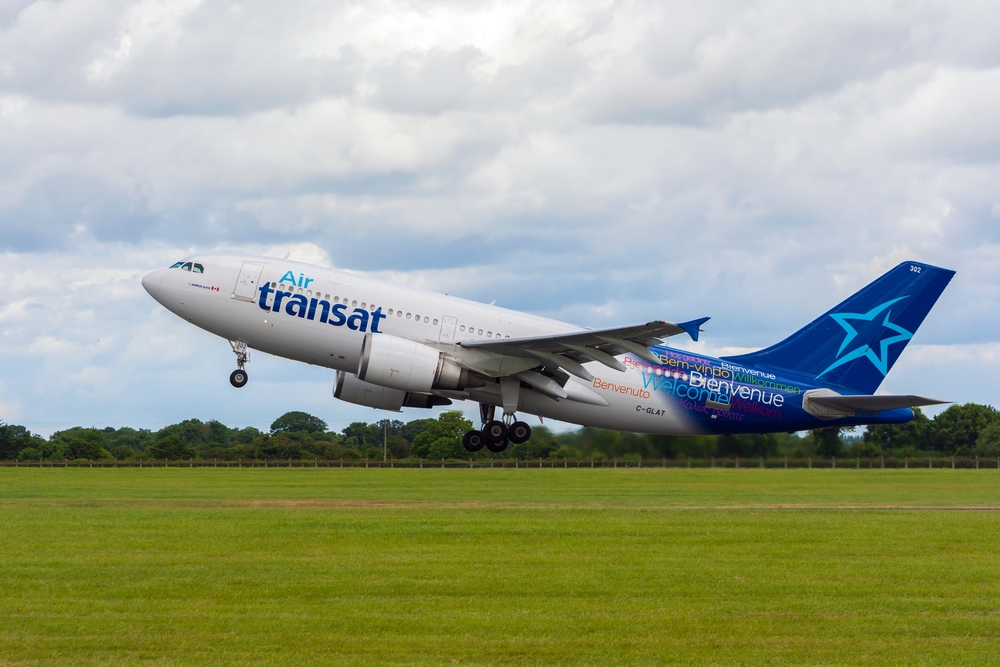
The aircraft was produced by Airbus in Toulouse between 1981 and 1998. Production ended when the newer Airbus A330-200 effectively took up the A310-300’s role. However, 255 A310s of all variants were produced, flying with many major airlines, including TAP Air Portugal, Air France, Lufthansa, Czech Airlines, British Caledonian, Delta Air Lines, Pan Am, Wardair Canada, Turkish Airlines, and Emirates.
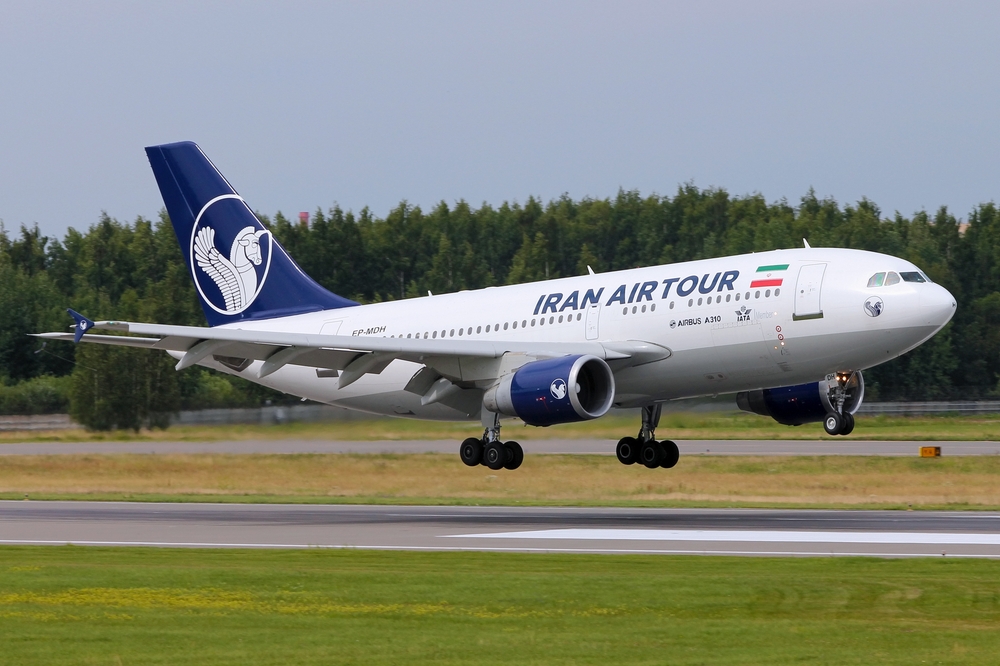
Of those 255 examples, just ten remain in regular passenger service, mostly in Iran, where carriers Iran Airtour, Yazd Airways, and Ava Airlines still operate three, one, and one of the type, respectively.
The only other airline with active A310s is Ariana, the national carrier of Afghanistan, which continues to operate two of the widebodies. Its pair includes YA-FGF, which is 33.6 years old and first flew for Turkish Airlines, alongside YA-FGG, which is 33 years old and was originally delivered to Hapag Lloyd in Germany in January 1992.
Airbus A300
The world’s first twin-engine, double-aisle airliner first flew on October 28, 1972. Entering service with Air France in 1974, sales for the type began to trickle in as the aircraft proved itself in commercial service.
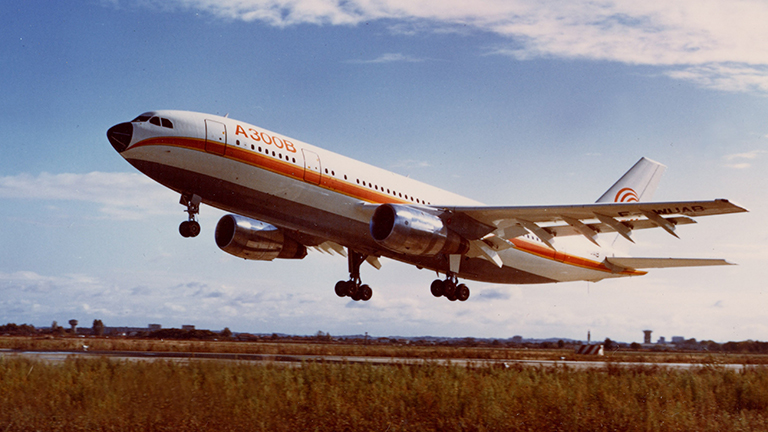
In 1976, it became the first ETOPS-compliant aircraft in the world and could be seen flying across the North Atlantic, the Bay of Bengal, and the Indian Ocean under a 90-minute ICAO rule.
Many variants were produced, including the original B2-100, of which 32 were built; the B2-200, which saw 25 sales; and the B2-320, with the Pratt & Whitney JT9D engines, which only sold four. Later, increased MTOW variants entered service with the B4-100 (47) and the B4-200, the most successful of the family with 136 units sold. Finally, the A300-600 arrived in 1984 and was manufactured until 2007.
In total, 561 A300s were produced, but just 13 remain in passenger service today. IranAir has a fleet of five, Qeshm Air has two, Meraj Airlines has two, and Iran Airtour has four.
Some of the most well-known variants of this iconic aircraft are the fleet of five that Airbus itself operates. The A300-600ST (Super Transporter), or ‘Beluga,’ is a specialist outsize transporter introduced in 1995 to transport aircraft parts between Airbus factories.
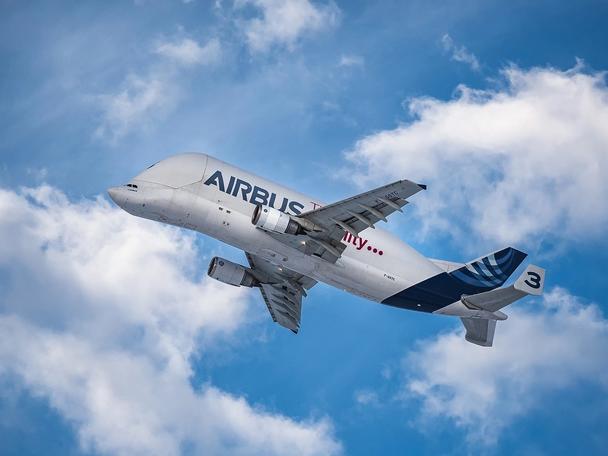
Although the fleet has been replaced by the newer Beluga XL, Airbus has retained its A300s. It has even obtained its own operator’s certificate, allowing it to offer transportation services to external clients with the planes.
Why are older types of aircraft kept in service?
Demand for air travel is soaring, and new passenger-carrying aircraft are being delivered as fast as the major manufacturers can build them. With a steady torrent of new airplanes entering service each month, more passengers are flying than ever before.
Despite this, the supply of new planes is frustrated by various issues. From supply chain blockages and engine problems to industrial action affecting production rates, quality control issues, and mandated safety inspections, airlines cannot get hold of new planes as fast as they need them.
Consequently, many operators are retaining older aircraft in their fleets for longer, so they have adequate fleet capacity to satisfy demand. This means that several types of aircraft will remain in commercial service for longer, providing the traveling public with perhaps the last chance to fly on them before they take up their places in the aviation history books and are gone from our skies forever.

